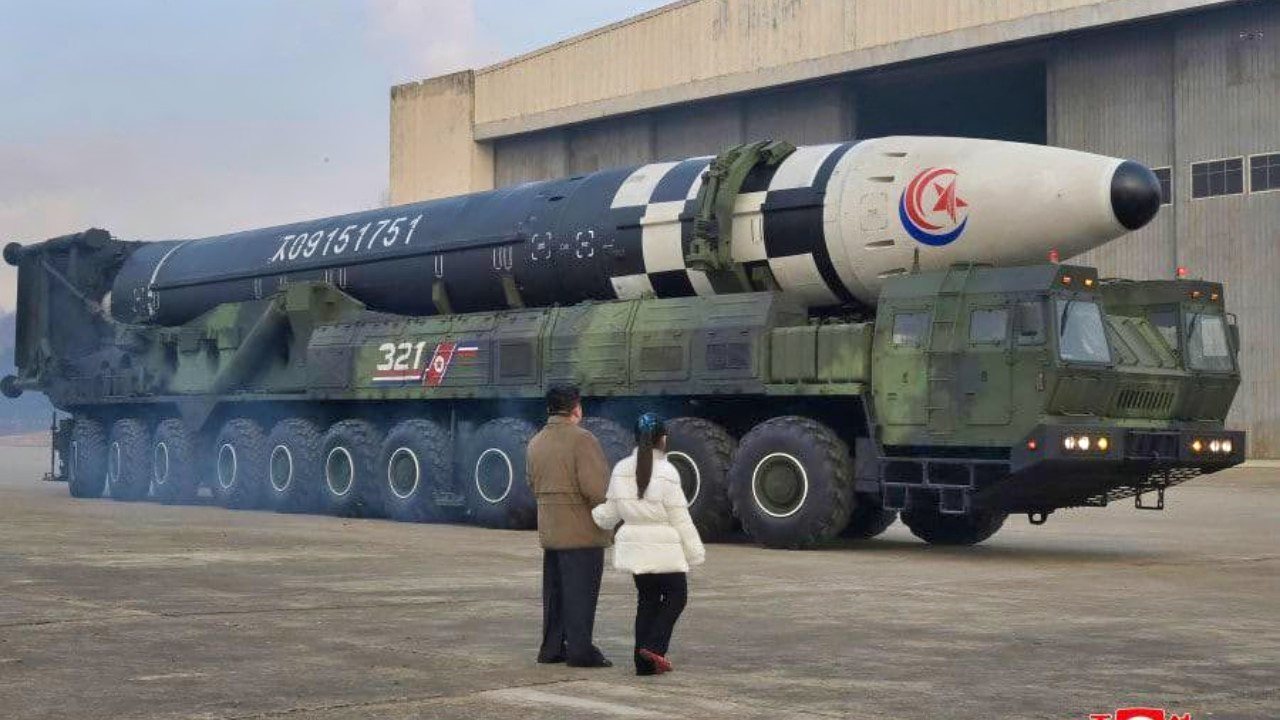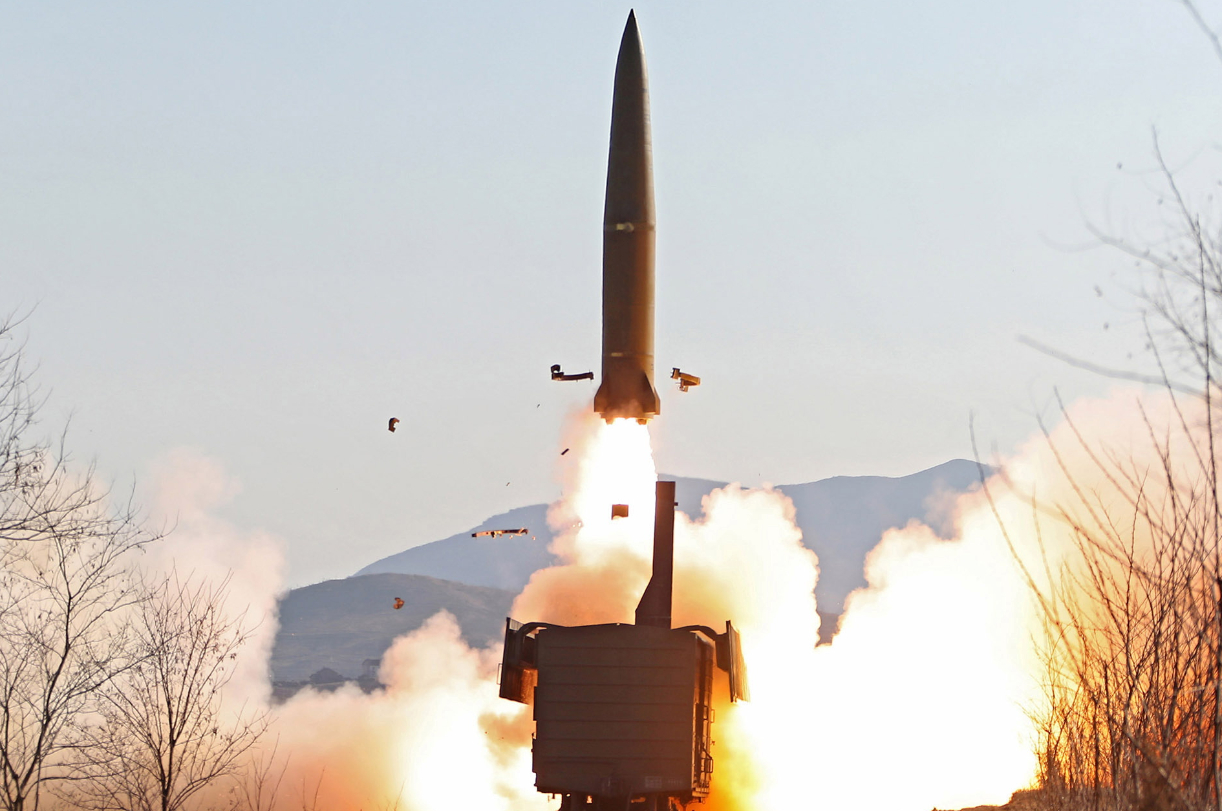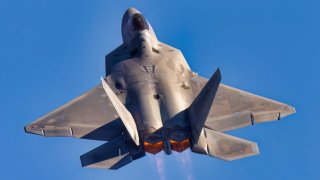Can America Live with a Nuclear North Korea?
If the United States has decided to live with North Korean nuclear weapons, it should take some actions to reduce the risks of those weapons. In particular, it needs to rein in North Korean nuclear weapon production because the risks grow substantially as the size of the North Korean nuclear arsenal increases.
Key Points: If the United States has decided to live with North Korean nuclear weapons, it should take some actions to reduce the risks of those weapons.
-In particular, it needs to rein in North Korean nuclear weapon production because the risks grow substantially as the size of the North Korean nuclear arsenal increases.
The Question Washington Does Not Want to Ask: Can America Live with a Nuclear North Korea?
While the U.S. government still seeks North Korean denuclearization, senior U.S. personnel have recently argued that the United States is prepared to negotiate interim steps to achieve that objective. Which is to say that the U.S. government believes that it can live with North Korean nuclear weapons for some significant period of time.
And that is very risky for many reasons. If Kim had only five to ten nuclear weapons and a very stable country, that would be one thing. But Kim already likely has fifty to 100 nuclear weapons or so, and he appears to be shooting to produce hundreds at an exponentially increasing rate.
North Korea’s instability and growing nuclear weapon inventory could embolden him to carry out limited conventional force attacks on the South and perhaps even nuclear attacks. That could put the United States in a difficult position because any military response to such provocations could escalate to full nuclear weapon employment by North Korea. Kim might hope that this “nuclear shadow” effect would undercut the South Korea-U.S. alliance, one of his key objectives.
While the South Korean president, Yoon Suk Yeol, has been stern in threatening serious retaliation against North Korean attacks, the United States has sought to avoid any kind of military escalation on the Korean Peninsula. The United States clearly worries that Kim has threatened to annihilate South Korea or at the very least conquer and annex it. Once a military conflict begins, the United States may not be able to control the subsequent escalation.
North Korean instability would also factor into Kim’s behavior. This instability might increase Kim’s use of provocations to divert the North Koreans from their miserable living circumstances. And he may hope that South Korea will respond to a limited North Korean conventional attack with an escalation that demonstrates to the North Korean people that the South really is the enemy of the North. Kim could then appear justified in the North for blaming various regime failures on the South as the regime’s main enemy. This also would confirm Kim’s renunciation of negotiated unification because the South is such an enemy.

There is also the danger that as the North’s nuclear inventory increases over time, some rogue element in the North could take possession of a nuclear weapon. And we do not know whether North Korea has protective measures like the United States does designed to prevent the detonation of a nuclear weapon without leader approval.
Accidents with North Korean nuclear weapons are also possible. History tells of Iranians and North Koreans training Syrian personnel on how to load chemical weapons onto a ballistic missile and have the ballistic missile explode. The United States experienced a maintenance accident with an intercontinental ballistic missile in 1980 that ejected the nuclear warhead 100 feet from the silo, but the warhead did not explode because of U.S. safety measures. North Korea may not have provisions to prevent a nuclear weapon from detonating in such a training or maintenance accident.
The North Korean regime would have many reasons for claiming that either a rogue nuclear detonation or a nuclear weapon accident was actually a U.S. nuclear attack on North Korea. The North could then launch a nuclear retaliatory strike on the South and/or the United States. Does the United States have the technology to rapidly (within hours?) prove that a nuclear explosion in North Korea was really a North Korean nuclear weapon and not one from the United States? Are such analytic procedures vetted by the international community to gain international support?
And as the North Korean nuclear inventory grows, Kim may well be tempted to sell some nuclear weapons to third parties. The United States may not be postured to prevent such sales.
The bottom line is that the risks of living with North Korean nuclear weapons, especially as the numbers grow, are high. If the United States has decided to do this, it needs to make every effort to slow or stop the growth of the North Korean nuclear weapon inventory to constrain these risks. It also needs to establish a flexible response strategy with clear declaratory deterrence policies to deal with each of these possibilities.
Many will argue that there is no way to limit the growth of North Korean nuclear weapons. They may believe that the only ways to rein in North Korean nuclear weapon production are diplomacy, which North Korea is refusing, or military attacks on the North Korean nuclear weapon production facilities, which would almost certainly start an unacceptable nuclear war. They would argue that economic sanctions have not significantly impeded the growth of North Korean nuclear weapons.
But such analysis neglects several possible actions by the United States and South Korea. Yoon demonstrated one such possibility by unilaterally offering Kim his “audacious policy” to reward North Korean denuclearization, which Kim’s sister rejected. But other more serious possibilities could be pursued. For example, they could make a unilateral offer to provide North Korea with 50 tons of rice and 10 tons of beef each month if Kangson, a presumed nuclear enrichment plant, were opened for inspections and then shuttered. Kim may quickly reject such a proposal, but as the information about the proposal leaks to the North Korean elites, there may be some pressure among the elites to accept it.

In addition, the United States and South Korea could pursue a much more aggressive information campaign against North Korea. Such a campaign might begin by emphasizing outside news and K-pop, following the example of the propaganda broadcasts recently restarted by South Korea across the DMZ. Kim has called K-pop a vicious cancer that could cause the regime to collapse—a clear opportunity for leverage to support a unilateral proposal to freeze parts of North Korean nuclear weapon production as suggested above.
South Korea and the United States could also threaten to bombard North Korea with stories about Kim’s mother and her father if Kim does not shutter the Yongbyon uranium enrichment facility. Kim has recently recalled a 2011 documentary about his mother. Kim is sensitive because his mother was born in Japan and was a dancer and her father was a Japanese collaborator who supported the Japanese World War II war effort—information that would make his mother a member of the lowest caste in the North Korean political caste system and question Kim’s legitimacy as the leader of North Korea.
In short, if the United States has decided to live with North Korean nuclear weapons, it should take some actions to reduce the risks of those weapons. In particular, it needs to rein in North Korean nuclear weapon production because the risks grow substantially as the size of the North Korean nuclear arsenal increases.
About the Author: Dr. Bruce W. Bennett
Bruce W. Bennett is a senior international/defense researcher at RAND, a nonprofit, nonpartisan research institution. He works primarily on research topics such as strategy, force planning, and counterproliferation within the RAND International Security and Defense Policy Center.
All images are Creative Commons.


